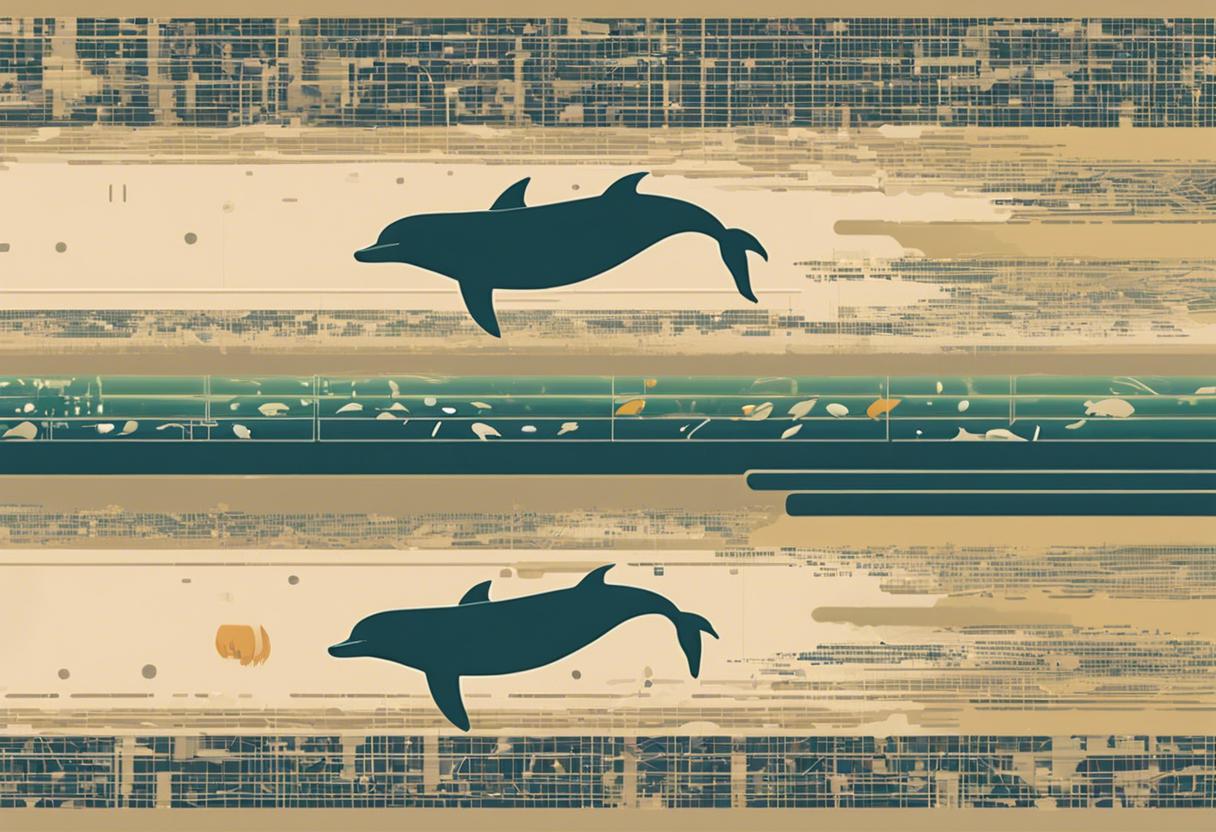Can artificial intelligence revolutionise our ability to communicate with animals? This question is at the forefront of scientific research, as experts delve into the intricacies of animal language and communication. While there are significant challenges in bridging the gap between human and animal communication dynamics, AI shows promise in deciphering and translating these unique languages. From prairie dogs’ use of sounds to dolphins’ identification through names, AI is unveiling the secrets of the animal kingdom.
Get with just one click:
- Captivating content that grabs your audience’s attention
- Unmatched creativity for emotionally engaging content
- Trend-savvy copy to climb the search rankings
Join us as we explore the role of AI in decoding animal language and its potential impact on zoology research.
Decoding the Language of the Wild: The Role of AI in Animal Communication
Decoding the Language of the Wild: The Role of AI in Animal CommunicationCan artificial intelligence help us understand and communicate with animals? This is a question that scientists are currently exploring through various studies and experiments. The ability to comprehend animal language and communication dynamics is crucial for gaining insights into their behavior and needs. While AI shows promise in translating animal language, there are significant challenges due to the differences in communication dynamics between humans and animals. However, recent research has demonstrated that animals such as prairie dogs use sounds to convey information, while dolphins exhibit similarities to human language by using names to identify themselves. Linguist Jussi Karlgren aims to utilize AI to decipher dolphin calls, highlighting the potential of AI in understanding animal communication. Although progress has been made in interpreting animal calls using AI, there is still much work to be done in this fascinating field.
From Prairie Dogs to Dolphins: Exploring Unique Animal Languages
Scientists have been fascinated by the unique languages of animals, such as prairie dogs and dolphins. These creatures have their own intricate communication systems that differ from human language. For instance, prairie dogs use a complex system of vocalizations to convey specific information about predators or food sources. Similarly, dolphins have been found to use distinctive whistles and clicks, which they may use as names to identify themselves and others in their pod. This discovery has opened up exciting possibilities for exploring the depths of animal communication. Linguist Jussi Karlgren is currently working on using AI to decipher dolphin calls, which could shed light on their sophisticated language. Exploring these unique animal languages is an important step towards unlocking the secrets of interspecies communication.
The Future of Zoology: AI’s Promising Contribution to Understanding Animal Behaviour
The future of zoology holds great promise with the potential contribution of artificial intelligence (AI) in understanding animal behavior. AI technology has already made significant strides in decoding animal communication, but there is still much to uncover. By leveraging AI algorithms and machine learning, researchers can analyze vast amounts of data and identify patterns that may provide insights into animal behavior. This could lead to a better understanding of their social structures, mating rituals, and even migration patterns. With AI’s ability to process and interpret complex data, zoologists can gain valuable knowledge about the intricacies of the animal kingdom, ultimately advancing our understanding of their behavior and improving conservation efforts.
As we delve deeper into the fascinating world of animal communication, the role of AI becomes increasingly prominent. While there are challenges to overcome, the potential for AI to revolutionise our understanding of the animal kingdom is undeniable. As we continue to unlock the secrets of their languages, we must also consider the ethical implications and responsibilities that come with this newfound ability. How will this knowledge shape our relationship with the natural world? Only time will tell.
